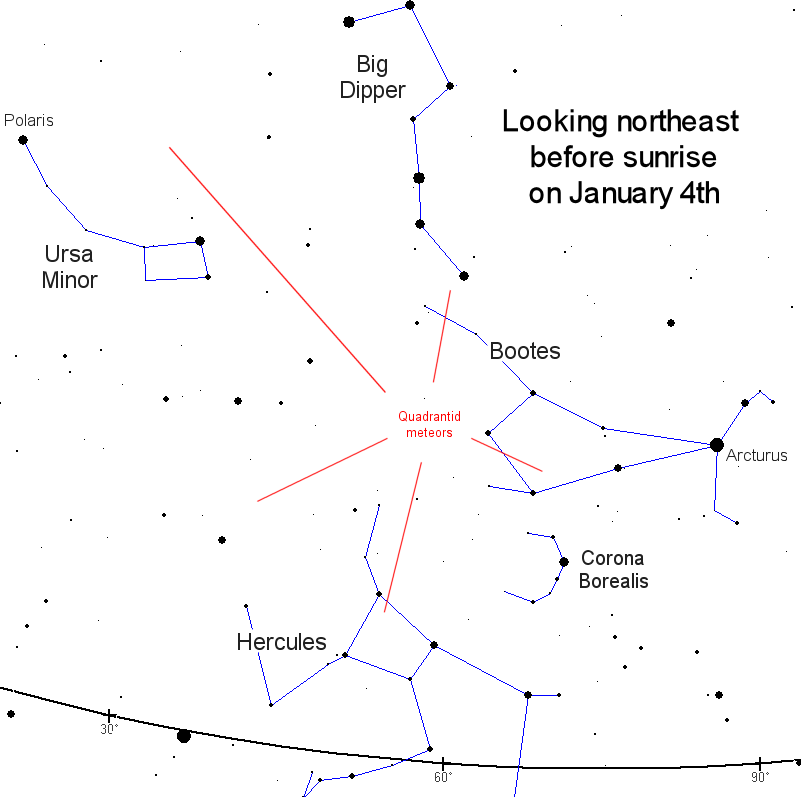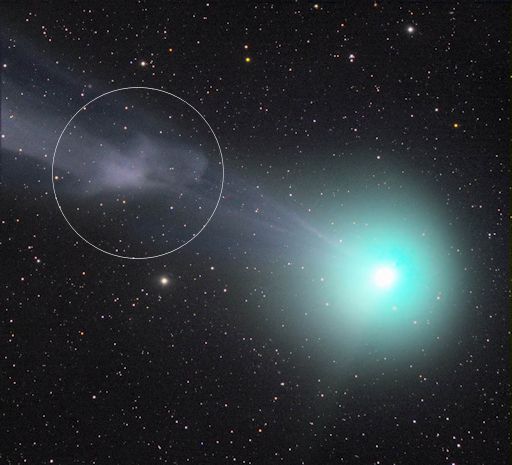a couple more powerful eruption should be excepted.40 day out look.
ok here is a summery of ice age model. i had assumed explosive eruption. so let the data show.. we had this powerful eruption 18 days out.
what will follow some very powerful earthquakes, and storms. another 20 day out look will be reflected.
.. 7.2 or better. we may say 6.3 or better as a norm. as a result of torque times :heart: delta t.
Volcanoes Today, 7 Jan 2015: Shiveluch volcano, Kilauea, Hunga Tonga-Hunga Ha'apai, Fogo
Wednesday Jan 07, 2015 14:00 PM |
Eruption column from Shiveluch this morning
Eruption column from Shiveluch this morning
Map showing the location of the lava flow near Pahoa as of 6 Jan 2015 (HVO/USGS)
Map showing the location of the lava flow near Pahoa as of 6 Jan 2015 (HVO/USGS)
Fogo (Cape Verde): Activity continues, but overall the eruption has been decreasing and seems slowly to be coming to an end.
Still, short bursts of explosive and effusive activity occur from the vents occasionally, producing ash plumes and short-lived lava flows. Yesterday, such an increase resulted in an ash plume reaching 1.5 km and a new 50 m long lava flow near the vents. Minor ash fall occurred on the city of Sao Felipe.
The recently active western lava flow has apparently stopped by now, but during the past days managed to destroy the last remaining buildings in Ilhéu Losna.
Shiveluch (Kamchatka): A very large vulcanian explosion occurred this morning at the volcano (at 00:41 UTC, 7:41 am local time). The explosion produced a 1.5 km wide ash column rising to approx. 27,000 ft (9 km) altitude and several pyroclastic flows from partial column collapse that traveled to the south.
now look at the next 20 days of scrutiny. earth quake info for the last 20 days will be reflected, O:-)
Volcanic activity worldwide 21 Jan 2015: Karymsky volcano, Colima, Soputan, Dukono, Bagana, Suwanose...
Wednesday Jan 21, 2015 21:00 PM |
Modis / Aqua satellite view over Kamchatka this morning
Modis / Aqua satellite view over Kamchatka this morning
Soputan's activity yesterday (?) (Photo: Ist / Manado Express)
Soputan's activity yesterday (?) (Photo: Ist / Manado Express)
Initial stage of the eruption at Colima this morning (photo: Sunao (Tom) Tobaru @coloneltobaru / twitter)
Initial stage of the eruption at Colima this morning (photo: Sunao (Tom) Tobaru @coloneltobaru / twitter)
Karymsky (Kamchatka): More explosions have occurred at the volcano. Tokyo VAAC reported ash plumes to 7-12,000 ft (2.1-3.6 km) elevation drifting SE.
Zhupanovsky (Kamchatka, Russia): Mild ash emissions are visible on latest satellite images.
Today's clear weather over Kamchatka allowed MODIS satellites to take a shot with all 4 currently active volcanoes: Zhupanovsky, Karymsky (ash emissions from explosions), Klyuchevskoy (lava flow and ash plumes), and Shiveluch north of the latter, also with ash emissions.
Suwanose-jima (Ryukyu Islands): Intermittent, probably strombolian activity persists at the On-take crater. JMA reported a small explosion from the volcano yesterday, but bad weather conditions don't allow clear webcam images.
Bagana (Bougainville Island, Papua New Guinea): A volcanic ash plume to estimated 12,000 ft extending 20 nautical miles to the NE was detected by Darwin VAAC this morning.
Soputan (North Sulawesi, Indonesia): The eruption of the volcano continues. The new lava flow seems to have descended almost to the base of the summit cone, accompanied by abundant glowing rockfalls. Intermittent explosions, although decreasing in intensity during the past 2 days, still produce ash emissions that reach 3-4 km altitude.
The volcano remains at level 3 (out of 4, "Siaga") and the Aviation Color Code at Red.
So far, the impact of the eruption has been limited to light ash fall in some nearby villages, mainly Silian and Lobu. No evacuations have been ordered.
Dukono (Halmahera): Abundant ash emissions occur from the volcano. A plume stretching 50 km to the SW was seen on MTSAT imagery by Darwin VAAC this morning.
Colima (Western Mexico): A strong vulcanian-type explosion occurred this morning at 09:15 from the volcano's summit. An ash column rose more than 4 km above the summit, reaching eventually estimated approx. 29,000 ft (9 km) altitude and drifting NE.
A small pyroclastic flow that descended the steep slope of the volcano was generated during the explosion.
Ash fall occurred in Tuxpan, Zapotiltic and Ciudad Guzmán in the Jalisco district.
a list of many ongoing with many to follow.
Currently erupting:
Ambrym (Vanuatu): active lava lakes in several craters (updated 14 Aug 2013)
Aso (Kyushu): intense strombolian activity from main vent in Nakadake crater (updated 20 Jan 2015)
Bardarbunga (Central Iceland): lava lake, sporadic fountains, lava flow (updated 18 Sep 2014)
Barren Island (Indian Ocean): intermittent activity, likely strombolian-type and/or lava flows (updated 4 Feb 2014)
Batu Tara (Sunda Islands, Indonesia): strombolian explosions, ash plumes up to 500 m, extrusion of a small lava dome with rockfalls (updated 4 Nov 2014)
Colima (Western Mexico): slowly growing lava dome, occasional explosions (updated 21 Jan 2015)
Copahue (Chile/Argentina): ash venting (updated 4 Dec 2014)
Daikoku (Volcano Islands): underwater eruption discovered on 14 Dec 2014 (updated 22 Dec 2014)
Dukono (Halmahera): thermal anomaly, probably small explosive activity in summit crater (updated 21 Jan 2015)
Erebus (Antarctica): active lava lake in summit crater (updated 8 Dec 2014)
Erta Ale (Ethiopia): active lava lake in northern pit crater, active hornito with intermittend flow in southern crater (updated 11 Jan 2013)
Fuego (Guatemala): strombolian explosions from summit crater, intermittent lava flows (updated 19 Jan 2015)
Gamalama (Halmahera): new eruption on 18 Dec 2014 (updated 22 Dec 2014)
Hunga Tonga-Hunga Ha'apai (Tonga, Tonga Islands): surtseyan activity, growing new island (updated 16 Jan 2015)
Ibu (Halmahera, Indonesia): stromolian and phreatomagmatic explosions (updated 14 Nov 2014)
Karymsky (Kamchatka): occasional small explosions, thermal anomaly (updated 21 Jan 2015)
Kilauea (Hawai'i): new lava flow from vents on NE flank of Pu'u 'O'o (updated 13 Aug 2013)
Kliuchevskoi (Kamchatka): strombolian activity at summit crater, possible short lava flow (updated 20 Jan 2015)
Manam (Papua New Guinea): degassing, occasional ash venting (updated 28 Aug 2013)
Marapi (Western Sumatra, Indonesia): sporadic explosions (updated 27 Mar 2014)
Nasu (Honshu)
Nishino-shima (Volcano Islands, Japan): growing island (updated 19 Jan 2015)
Nyamuragira (DRCongo): active lava lake (updated 29 Nov 2014)
Nyiragongo (DRCongo): active lava lake in summit crater (updated 26 Feb 2014)
Ol Doinyo Lengai (Tanzania): effusion of natrocarbonatite lava inside the crater (updated 8 Jul 2013)
Poas (Costa Rica): phreatic explosions (updated 14 Oct 2014)
Popocatépetl (Central Mexico): degassing, sporadic explosions, slowly growing lava dome (updated 3 Jan 2015)
Rabaul (Tavurvur) (New Britain, Papua New Guinea): lava fountains, ash emissions from Tavurvur cone (updated 12 Sep 2014)
Raung (East Java): mild strombolian activity in summit crater (updated 2 Dec 2014)
Reventador (Ecuador): lava flow on southwestern flank, intermittent explosions (updated 7 Dec 2014)
Sakurajima (Kyushu, Japan): ash venting, intermittent explosions (updated 20 Jan 2015)
Sangeang Api (Indonesia): growing lava dome & lava flow (updated 7 Jul 2014)
Santiaguito (Guatemala): small explosions from the Caliente dome and active lava flow (updated 19 Jan 2015)
Semeru (East Java, Indonesia): growing lava dome, lava flow, strombolian activity (updated 26 Nov 2014)
Shiveluch (Kamchatka): growing lava dome, incandescent avalanches, occasional explosions (updated 18 Jan 2015)
Sinabung (Sumatra, Indonesia): continuing pyroclastic flows (updated 19 Jan 2015)
Soputan (North Sulawesi, Indonesia): active viscous lava flow, explosions, rockfalls, pyroclastic flows (updated 21 Jan 2015)
Tungurahua (Ecuador): moderate to strong strombolian explosions from central crater (updated 25 Sep 2014)
Ubinas (Peru): degassing, sporadic small explosions and ash venting (updated 11 Sep 2014)
Yasur (Tanna Island, Vanuatu): ash emissions, weak strombolian explosions (updated 14 Aug 2013)
Zhupanovsky (Kamchatka, Russia): intermittent ash emissions (updated 21 Jan 2015)








